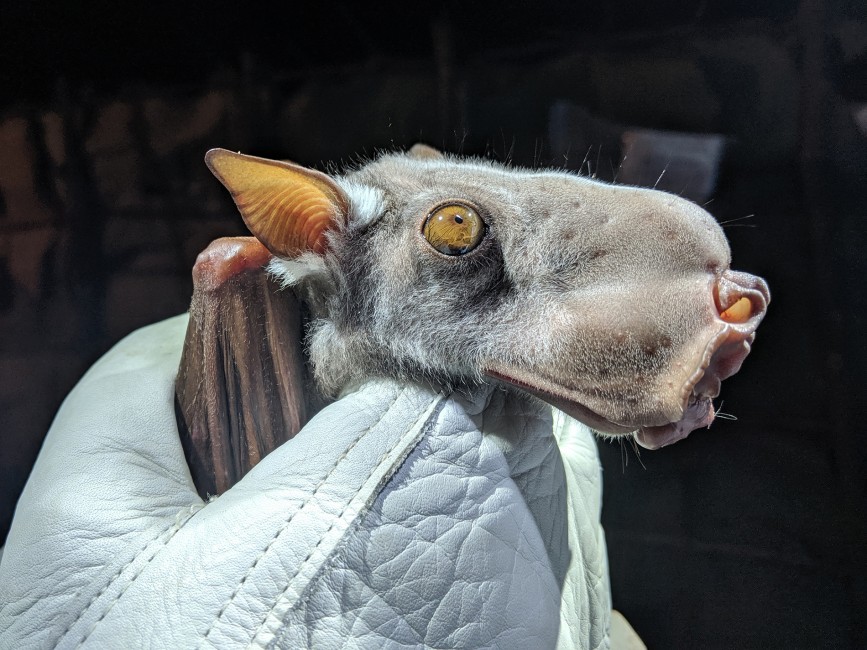
September 10, 2019
Benefits of Bats
- as seen by -
 Julie Larsen
Julie Larsen
Bats can surprise us with their unique appearance and abilities. Some of our most popular Wild View posts feature these winged mammals inspiring our readers to reach out for more information about them.
Eileen J: I hear bats every night outside of my house. I always thought the sound came from frogs or salamanders. I was amazed to learn it is coming from bats. I want to overcome my fear of bats. I see them flying around at dusk, and they come surprisingly close. Why is that?
Wildlife Conservation Society scientists that study bats, Dr. Heidi Kretser, Conservation Social Scientist with Global Conservation, and Dr. Sarah Olson, Associate Director of Wildlife Epidemiology, respond with some benefits of bats.
Kretser and Olson: Bats have a long history of being portrayed in the media as scary creatures. While some bats live in caves, come out at dusk, and drink blood (really just three out of roughly 1,300 species of bats), all bats, from those that live in trees, caves, or buildings to those that eat fruit, insects, or blood, are actually vital to our ecosystems.
Bats represent 20% of all mammal species known on earth. And like all wildlife, bats do carry diseases, and you should report any contact with bats to a health care provider. The possibility of a bat being infected with a disease that could transmit to humans is very low (1-2% of all bats are infected).
Among the many benefits that bats provide, they are excellent for pest control. The bats flying close to you are likely feeding on insects, including mosquitos, that are trying to feed on you. In Africa, the fruit bats (like this hammer-headed bat, Hypsignathus monstrosus, being examined by a biologist) are amazing seed dispersers that help to keep tropical forests healthy.
Bats are increasingly being threatened by human activities and disease. We can help bats by protecting their habitats and dispelling any myths about them.
EDITOR’S NOTE: Read more about Kretser and Olson’s work with bats at other Wild View posts: Hammer-headed Bat, Hammer-headed Bat Ambassador, Bats on the Brink – But Not in the Bronx, and Bats at Risk.
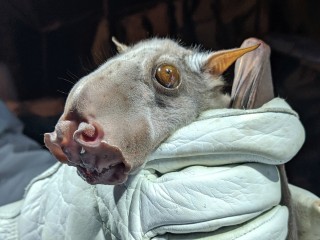
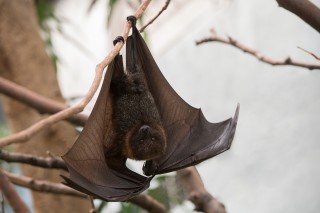
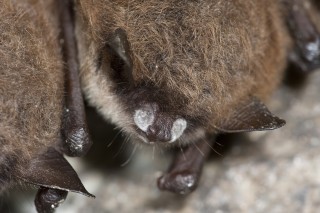
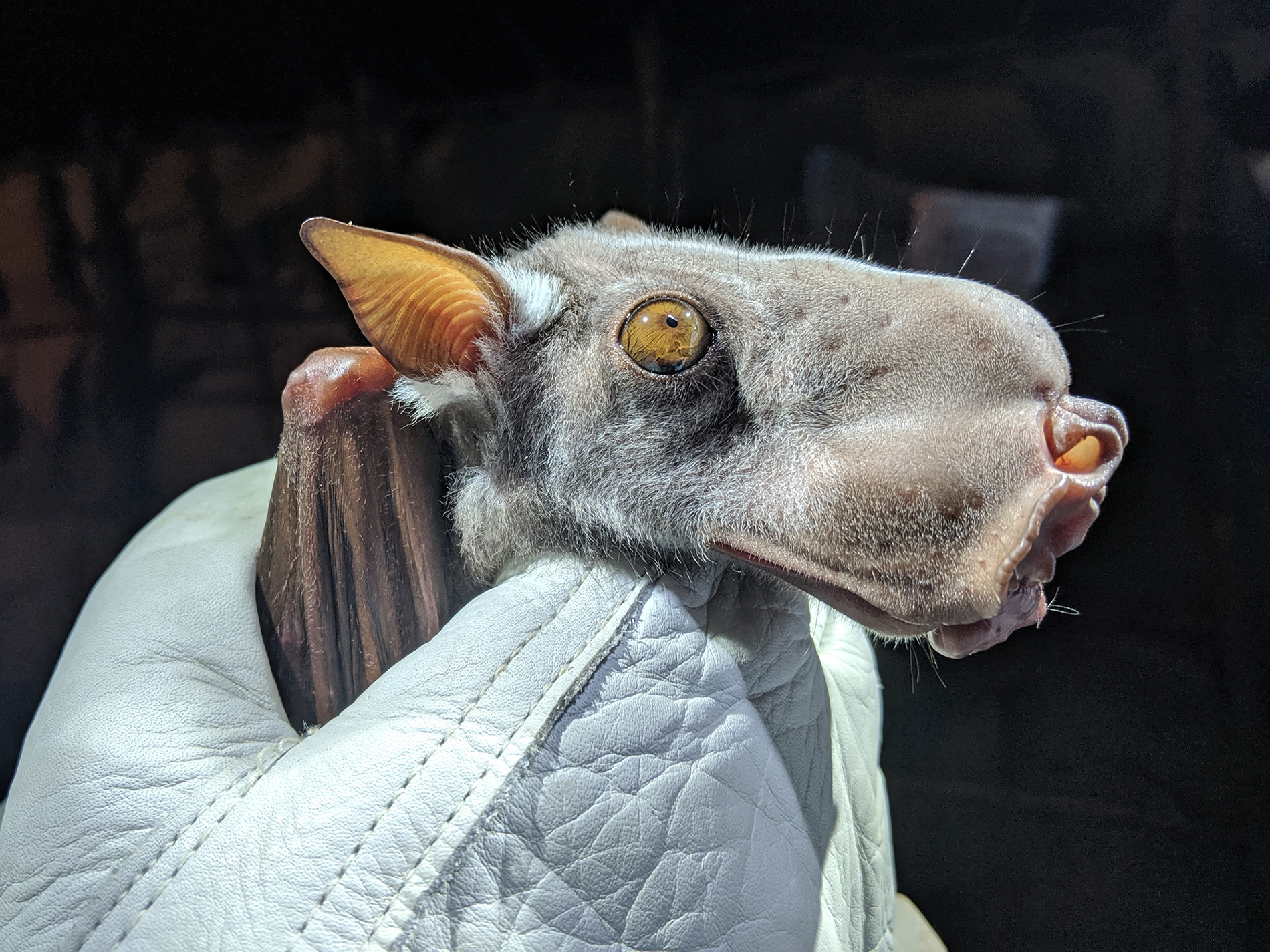
Leave a Comment
JOPESTKIL KENYA
November 9, 2019 at 11:39 pm
Bats really stand out in the animal world. Bats are the only mammals that can fly, and they leave much of their lives hanging upside down. Most of bats species are active at night, dusk and dawn. Bats have many myths from humans form being good to bad haunting issues. https://www.jopestkil.com
JOPESTKIL KENYA
November 9, 2019 at 11:42 pm
Bats are known to destroy homes whenever an infestation is realized. They should be controlled humanely but not killing. Bats are perfect agents of our eco-system. We need to do some preservation to protect these naturally super lives in the wild. https://www.jopestkil.com
JOPESTKIL KENYA
November 16, 2019 at 5:49 am
They are known as bats with many myths surrounding their lifestyles. Bats are all beneficial to our ecosystem. Real natural insect controller, but real natural human structures destroyer. Although bat control is necessary, but let these critters not be killed inhumanely. Why kill bats in bushes hovering reclusively with no harm to humans. https://www.jopestkil.com/
lol
October 30, 2021 at 7:02 pm
Bats are fascinating